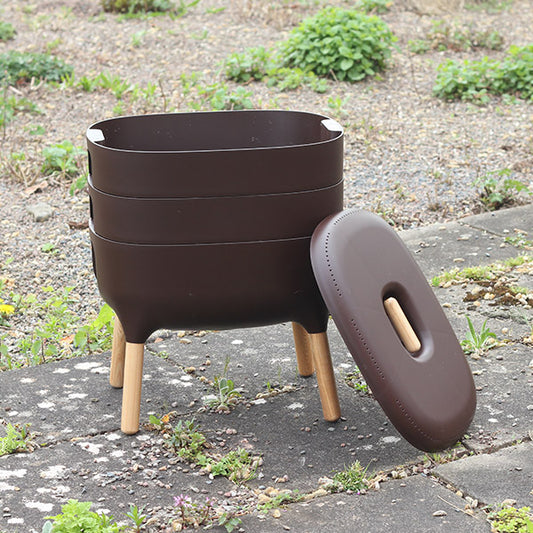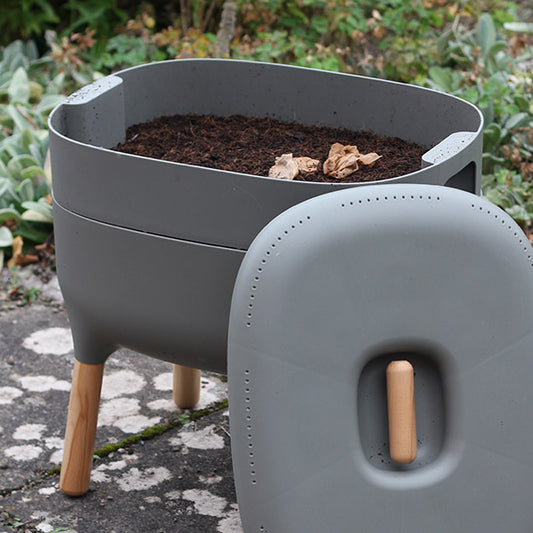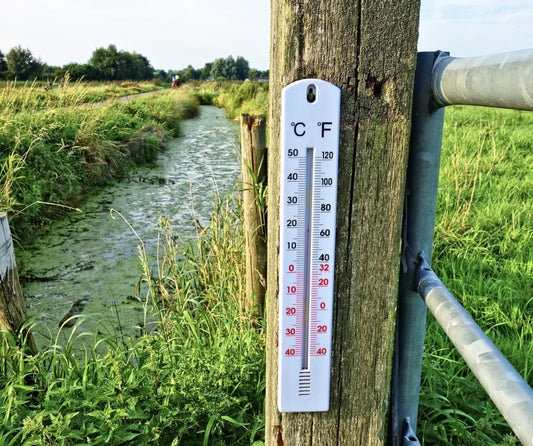Our Wiggly Blog

12 Top Wiggly Tips and Tricks to help your wormery
Here are some hacks and tips to help you get your wormery running efficiently: Start with Healthy Worms: Begin with a healthy batch of composting worms, ours are a mix of Red...
12 Top Wiggly Tips and Tricks to help your wormery
Here are some hacks and tips to help you get your wormery running efficiently: Start with Healthy Worms: Begin with a healthy batch of composting worms, ours are a mix of Red...

5 Top Tips for Worm Composting in Autumn
Worm composting, also known as vermicomposting, is a great way to recycle kitchen scraps and create nutrient-rich compost/fertiliser and liquid feed for your garden. Here are our five top tips...
5 Top Tips for Worm Composting in Autumn
Worm composting, also known as vermicomposting, is a great way to recycle kitchen scraps and create nutrient-rich compost/fertiliser and liquid feed for your garden. Here are our five top tips...

8 Tips for Winter Worm Composting
Worm composting, also known as vermicomposting, can be a bit more challenging during the winter and cold weather, but with the right tweaks, you can continue composting successfully. Worms do...
8 Tips for Winter Worm Composting
Worm composting, also known as vermicomposting, can be a bit more challenging during the winter and cold weather, but with the right tweaks, you can continue composting successfully. Worms do...

What temperature works best for a worm composti...
The ideal temperature range for a worm composting kit is between 55-77°F 13-25°C (55-77°F). This temperature range allows the worms to most efficiently process the organic matter, reproduce, and thrive.
What temperature works best for a worm composti...
The ideal temperature range for a worm composting kit is between 55-77°F 13-25°C (55-77°F). This temperature range allows the worms to most efficiently process the organic matter, reproduce, and thrive.

